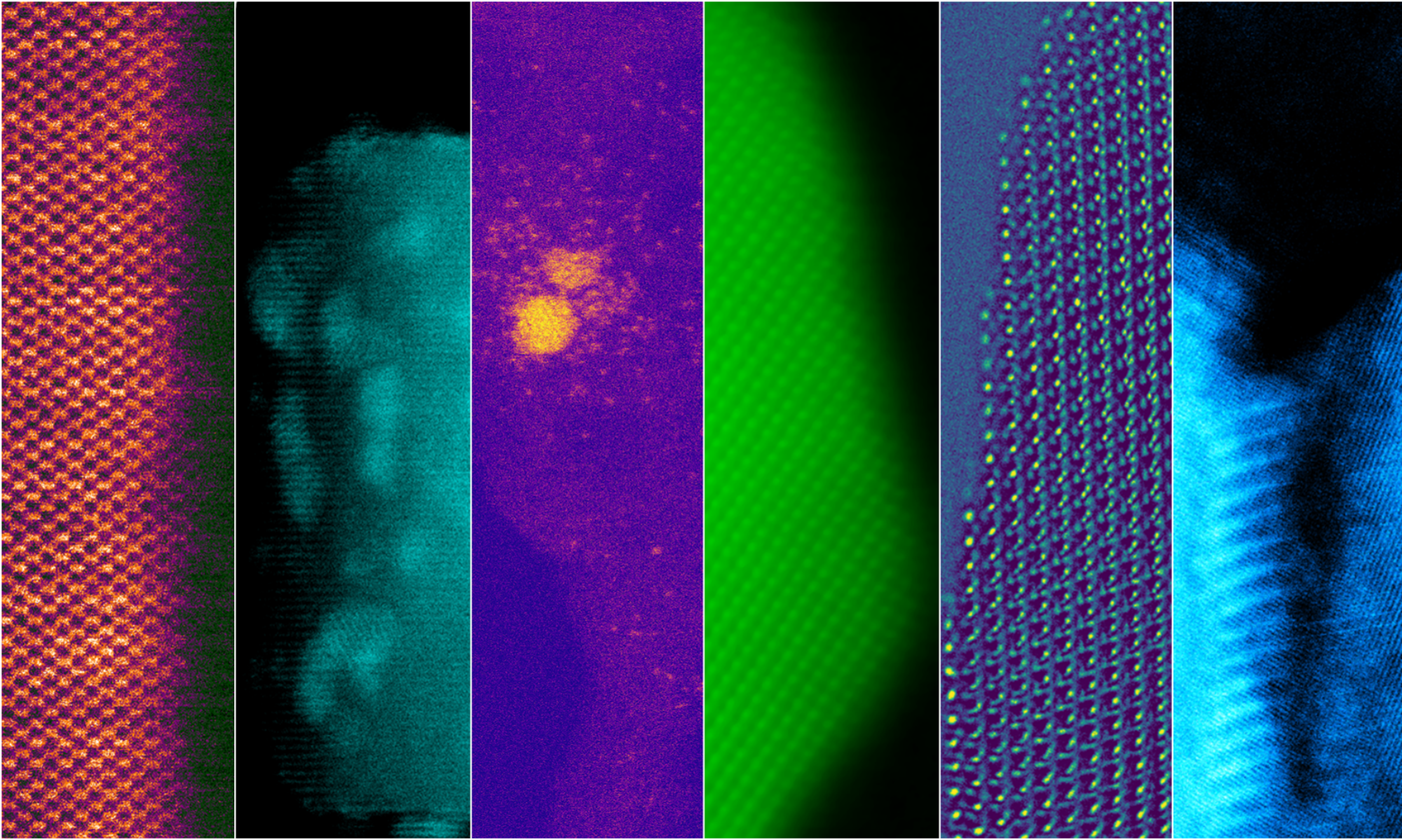Functional oxides are critical to many technological applications such as catalysis, fuel cells, quantum information, microelectronics etc. Non-stoichiometric oxides are particularly interesting because the concentration, transport and exchange of oxygen vacancies is of critical for functionality. We are investigating how these point defects behave under a variety of different conditions to understand how useful functionalities emerge.
Recent Publications:
- Atomic Level Strain Induced by Static and Dynamic Oxygen Vacancies on Reducible Oxide Surfaces, arXiv preprint arXiv:2210.01764, 2022
- Atomic Scale Characterization of Fluxional Cation Behavior on Nanoparticle Surfaces: Probing Oxygen Vacancy Creation/Annihilation at Surface Sites, ACS Nano, 2021
- Impact of Aliovalent Alkaline-Earth metal solutes on Ceria Grain Boundaries: A density functional theory study, Acta Materialia, 2021
- Approaches to Exploring Spatio-Temporal Surface Dynamics in Nanoparticles with In Situ Transmission Electron Microscopy, Microscopy and Microanalysis, 2020
- Tracking the picoscale spatial motion of atomic columns during dynamic structural change, Ultramicroscopy, 2020
- Linking Macroscopic and Nanoscopic Ionic Conductivity: A Semiempirical Framework for Characterizing Grain Boundary Conductivity in Polycrystalline Ceramics, ACS Applied Materials and Interfaces, 2020
- New Data-Driven Interacting-Defect Model Describing Nanoscopic Grain Boundary Compositions in Ceramics, The Journal of Physical Chemistry C, 2020
- Oxygen Transfer at Metal-Reducible Oxide Nanocatalyst Interfaces: Contrasting Carbon Growth from Ethane and Ethylene, ACS Applied Nano Materials, 2018
- Enhanced ionic conductivity in electroceramics by nanoscale enrichment of grain boundaries with high solute concentration, Nanoscale, 2017
- Electrical conductivity and grain boundary composition of Gd-doped and Gd/Pr co-doped ceria, Solid State Ionics, 2015
